There are four types of access modifiers available in java Default – No keyword required Private Protected PublicHere you can understand what is access modifiers What are the difference between public private protected and defaultthankyou for watchingplease subscribe In Java, there is the provision of numerous access modifiers for setting the levels you want from classes, as well as the fields, methods, and constructors in your classes A member has the package or default accessibility when no access modifier is specified You should possibly minimize access levels, whenever dealing with encapsulation, in Java

Access Modifiers In Java
Java default access modifier interface
Java default access modifier interface-Protected It is accessible within the packageTo access outside the package, we can do it only through inheritance Modifiers in Java are of two types #1) Access Modifiers Access modifiers in Java allow us to set the scope or accessibility or visibility of a data member be it a field, constructor, class, or method #2) Nonaccess Modifiers Java also provides nonaccess specifiers that are used with classes, variables, methods, constructors, etc
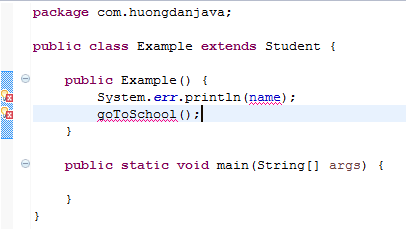



Access Modifier In Java Huong Dan Java
Types of Java access modifier There are 4 different types of java access modifiers Default It does not require any keyword and is considered a defaultThe scope is within the package Private Scope is within the class alone;Default access modifier means we do not explicitly declare an access modifier for a class, field, method, etc A variable or method declared without any access control modifier is available to any other class in the same package The fields in an interface are implicitly public static final and the methods in an interface are by default publicDefault Access Modifier If we do not explicitly specify any access modifier for classes, methods, variables, etc, then by default the default access modifier is considered
Full Java Course https//coursealexlorenleecom/courses/learnjavafastI recommend installing Tabnine autocomplete on your IDE (free)https//wwwtabninecDefault access modifier Java provides a default specifier which is used when no access modifier is present Any class, field, method or constructor that has no declared access modifier is accessible only by classes in the same package The default modifierPrivate Data members, methods and constructors that are declared with private access modifier can be accessed into that class only Example PrivateAccessModifierjava
2 default access modifier in java If no access modifier is used, then the class members have default access – known as package or friendly access Java assumes this access modifier when we do not explicitly set any access level of the class members This assumes that all classes in the same package are friendsJava access modifiers control access to classes, class variables and methods We have Public, Private, Protected and Default access modifiers Some people mi Java – Access Modifiers Java provides four access modifiers to set access levels for classes, variables, methods and constructors ie public, private, protected and default These access level modifiers determine whether other classes can use a particular field or invoke a particular method 1




Access Modifiers In Java A Step Towards Improving Your Skills Techvidvan




Pdf Access Modifiers Kasun Ranga Wijeweera Academia Edu
Access level modifiers determine whether other classes can use a particular field or invoke a particular method There are two levels of access control At the top level— public, or packageprivate (no explicit modifier) At the member level— public, private, protected, or packageprivate (no explicit modifier) Java provides the 4 types of access modifiers for class, constructors, methods and instance variables These four access modifiers changes complete accessibility at various levels We will explore on each modifier as following A default No keyword is required B private Default access modifier If a class has no modifier (the default, also known as packageprivate), it is visible only within its own package (packages are
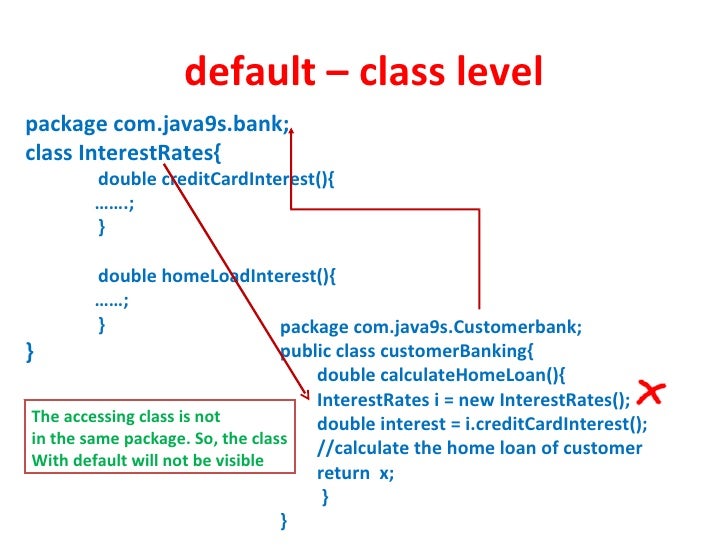



Java Access Modifiers




Java Access Modifiers
default access modifier in Java Java 8 Object Oriented Programming Programming Default access modifier means we do not explicitly declare an access modifier for a class, field, method, etc A variable or method declared without any access control modifier is available to any other class in the same package The fields in an interface are implicitly public static final and the A default access modifier in Java has no specific keyword Whenever the access modifier is not specified, then it is assumed to be the default The entities like classes, methods, and variables can have a default access A default constructor's default access modifier is the class' access modifier Consider the following packagelevel class For a class with a packagelevel access modifier, its default constructor will have the same access modifier The Four Access Modifiers in Java




Kotlin Visibility Modifiers Geeksforgeeks




Access Modifiers In Java With Examples Learnjavaskills Learn Java Skills
Java provides 4 levels of access modifiers This means that you can modify access to a variable, method or a class in 4 ways These 4 ways are private, public, protected and default These access modifiers can be applied to fields, methods and classes (Classes are a special case, we will look at them at the end of this artice) Default When you don't explicitly define a modifier, the Java compiler will use the default visibility access At this access level, only classes in the same package as the defined class can access its variables or methods The default modifier As the name suggests, access modifiers in Java help to restrict the scope of a class, constructor, variable, method or data member There are four types of access modifiers available in java Default – No keyword required;
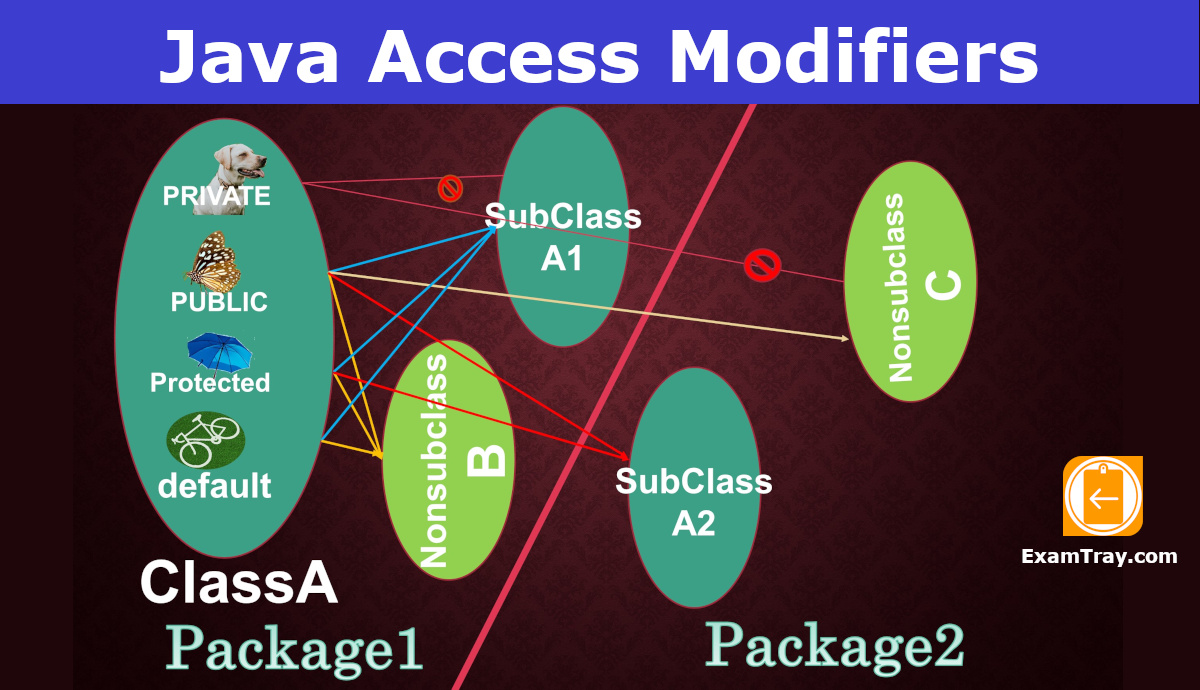



Java Access Modifiers And Their Usage In Packages Example Tutorial Examtray



15 Lessons About Java Access Modifiers You Need To Learn To Succeed Crb Tech
The default Java access modifier is declared by not writing any access modifier at all The default access modifier means that code inside the class itself as well as code inside classes in the same package as this class, can access the class, field, constructor or method which the default access modifier is assigned to4 rows We can change the access level of fields, constructors, methods, and class by applying the Access Modifiers In Java By Rajkumar Updated on Access modifiers in Java are used to specify access levels for classes, variable methods and constructor default The scope of default access modifier is limited to the package only If we do not mention any access modifier, then it acts like a default access modifier
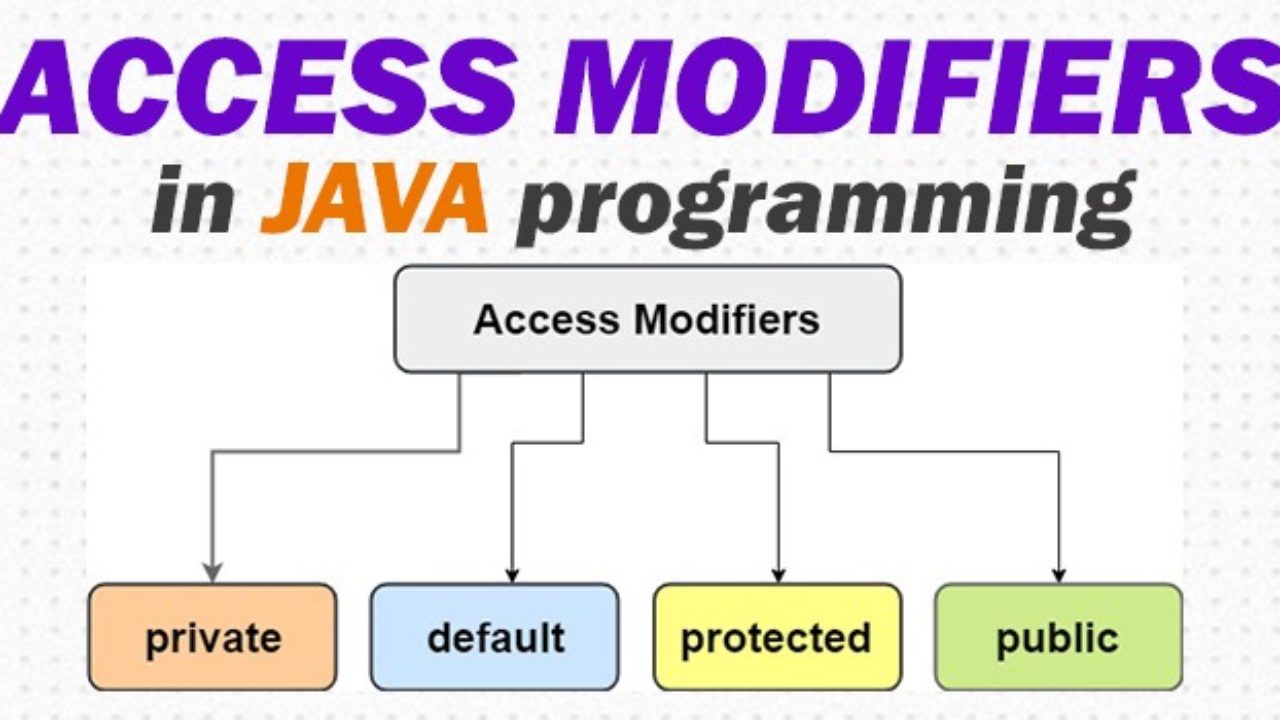



Access Modifiers In Java Simple Snippets




Java Answers Access Specifiers In Java
Before digging up about these access modifiers, make sure you know about Packages in Java There are four access modifiers keywords in Java and they are Modifier Description Default declarations are visible only within the package (package private) Private declarations are visible within the class only Protected declarations are visible within the package or all subclasses Java Access Modifiers – Public, Private, Protected & Default 1 Default access modifier When we do not mention any access modifier, it is called default access modifier The scope 2 Private access modifier The scope of private modifier is limited to the class only If a class has private 3
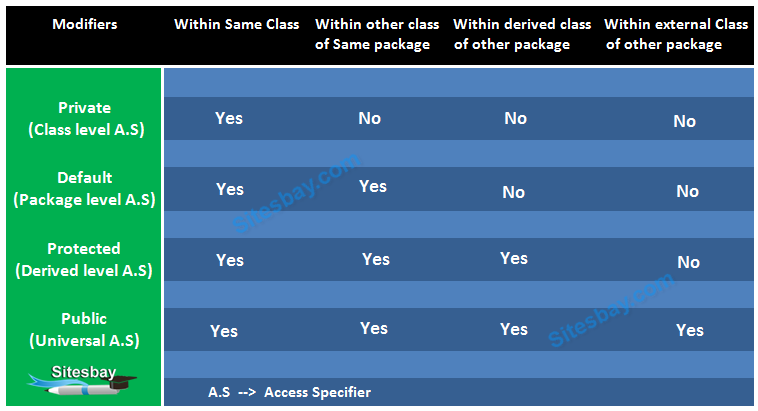



Access Modifiers In Java Access Specifiers In Java
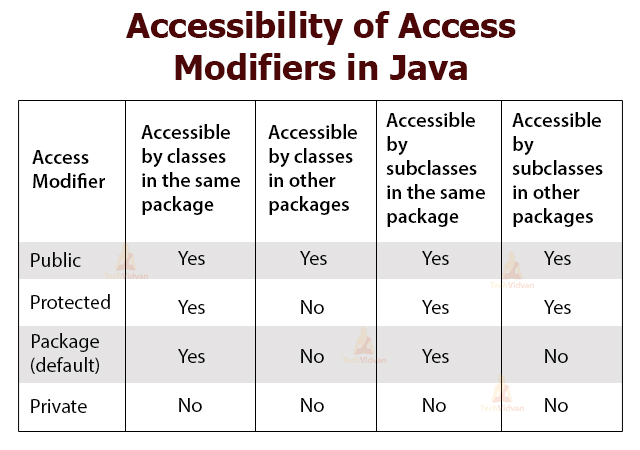



Access Modifiers In Java A Step Towards Improving Your Skills Techvidvan
Types of access modifiers in Java There are four Java access modifiersPrivate– The private access modifier specifies that the member can only be accessed in its own class;Public class Main The public keyword is an access modifier, meaning that it is used to set the access level for classes, attributes, methods and constructors We divide modifiers into two groups Access Modifiers controls the access level NonAccess Modifiers do not control access level, but provides other functionalityDefault Access Modifier in Java When a member is declared without any access modifier, it is called default modifier So default is not a keyword, it's just when we don't use any access modifier, it is called default or no modifier It is also known as packageprivate access modifier The code below declares the variable count as default




What Is The Difference Between The Default And The Public Modifier In Java Quora




Access Modifiers In Java Class Computer Programming Method Computer Programming
In this tutorial, we will discuss Access modifier public private protected in Java programming language Access modifier controls the access of a Class and, Methods, Constructor and data members from another class In Java language, there are four access modifiersAn access modifier restricts the access of a class, constructor, data member, and method in another class Java provides access control through three keywords – private, protected, and public We are not required to use these access modifiers always, so we have another one namely "default access", "packageprivate" or "no modifier" When we don't use any keyword explicitly, Java will set a default access to a given class,



1




Java Access Modifiers Public Private Protected Default
Public Method Overriding with Access Modifiers Their is Only one rule while doing Method overriding We will cover each Java access modifier in the following sections 1 Default When any class, data members, and the variable is declared by not writing with an access modifier, then it is set to 'default' access modifier The 'default' access modifier means the code inside any class can access the entire program within the same package Summing up the key points of Access Modifiers in Java Access Modifiers in Java are used to define the accessibility of methods and data members There are four main types of Access Modifiers – Default, Private, Protected, and Public Each modifier has varying levels of
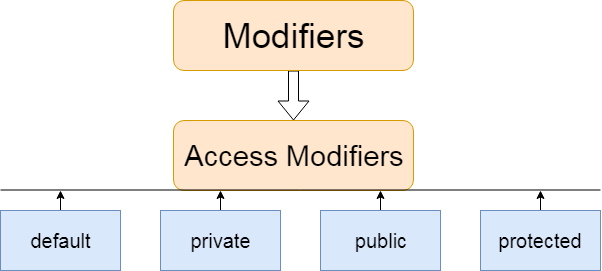



Access Modifiers In Java Tutorial And Example



1
Java default access modifier This access modifier is special because it doesn't have an associated keyword When no explicit access modifier is specified, the types or members have default accessibility It is more restrictive than the protected modifierAn access modifier restricts the usage of a class, constructor or method in another class In Java we have four types of access modifiers, namely Default;Java access modifiers allow programmers to control and safeguard data like variables and methods of a class Selective allowing and hiding of data is possible through these Java access modifiers like public, private and protected The "default" access has no keywordThese modifiers can be combined with packages to get even more encapsulation control Let us know more in this Last Minute Java




Java Access Modifiers The Coding Shala



The Access Modifiers In Java Everything You Need To Know
Access modifiers Access modifiers are keywords used for defining accessibility of classes, methods and data members Types of access modifier Private Default;Default Access Modifier When you declare a class with no access modifier, it is automatically given a default access modifier or default visibility, which means that this class is accessible and visible only to the classes in the same package That's why it is also referred to as a package level access Let's understand this by an exampleAnother difference between protected and default modifier is that protected modifier provides more accessibility than default modifierYou can access a protected member outside the package, but only inside sub classes That's all about difference between public,private,protected and no modifier in Java



Access Modifiers In Java




Access Modifiers In Java With Examples Dot Net Tutorials
Access Modifiers Java (public private protected default) class in java with examples Advanced Java Interview Questions, Answers Access Modifiers Updated in 21 What you get by default, ie without any access modifier (ie publicprivate or protected) Ans It means that it is visible to all within a particular packageDefault (packageprivate)– If no modifier is specified that means default accessWith default access modifier class, fields, methods are visible with in the same package There are two types of access modifiers in Java – access modifiers and non access modifiers The access modifier of Java specifies the scope of variable, method, constructor or class We can change the access level of variables, methods, constructors, class by applying access modifiers to them There are 4 types of access modifiers




Mastering Test Automation By Vinod Rane Access Modifiers




Java Access Modifiers Explained With Examples Guide The Freecodecamp Forum
Access Modifiers Since the first tutorial of this series, every method and class we created started with the public keyword This is the Access Modifier of the Class or Method, which in all our examples was public, which is the least restrictive Access Modifier that there is There are in total 4 Access Modifiers public;The four primary access specifiers in Java are Default access modifier Private access modifier Public access modifier Private access modifier As per the Java inheritance concept The public methods of a superclass must also have the same level in the subclass tooDefault Access Modifier (no access modifier specified) When we do not mention any access modifier, it is called the default access modifier The scope of this modifier is limited to the package only This means that if we have a class with the default access modifier in a package, only those classes that are in this package can access this class
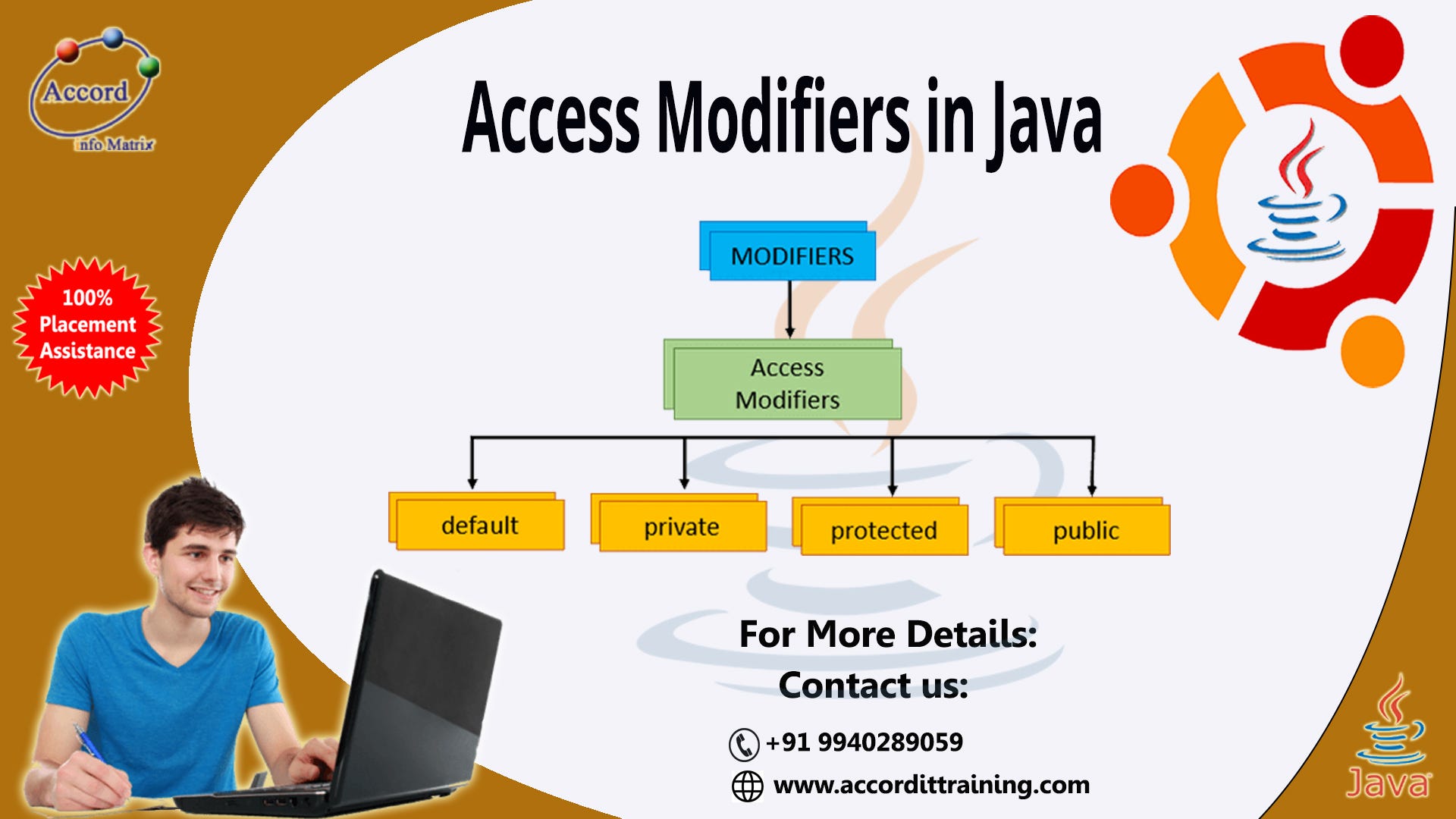



Access Modifiers In Java In Java Programming We Have Four By Kamila Fathi Medium




Access Modifier In Java Huong Dan Java
Description default is one of the four access modifiers that you can use in java As the name suggests, to specify default access modifier, no keyword is used Default access modifier's scope is limited to all the classes in the same package This access modifier encapsulates information from other packages Quiz yourself Applying access modifiers to Java classes (intermediate) because the code is in a different package and the constructor has the default access modifier and is not visible outside the p1 package From this, you can see that option A is incorrectThe default access modifier makes the member visible throughout the entire package This makes using it on a member that's mutable in any way only marginally better than a global variable The only possible use I can think of for it is to create constants that you can use as an implementation detail within a package



Access Modifiers In Java Pianalytix Machine Learning



Java Basics Modifiers Heshani S Tech Blog
1 Default Access Modifier If you do not mention any access modifier for class, method or variable, then it is treated as default The default access modifier is accessible only within same package and cannot be accessed from a different package In this example, we have created two packages pack1 and pack2



Access Modifiers In Java Public Private Protect And Default Edureka




Java Access Modifiers Private Default Protected And Public Youtube Resep Kuini




Access Modifiers In Java Automation Testing



1




Access Modifiers In C Qa With Experts




Access Modifiers In Java And Access Specifiers In Java Javagoal
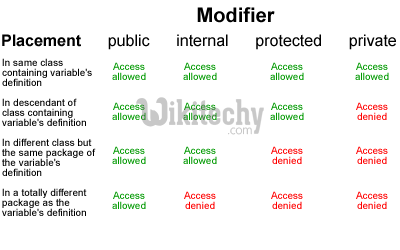



Java Modifiers Access And Class Modifiers By Microsoft Awarded Mvp Learn In 30sec Wikitechy
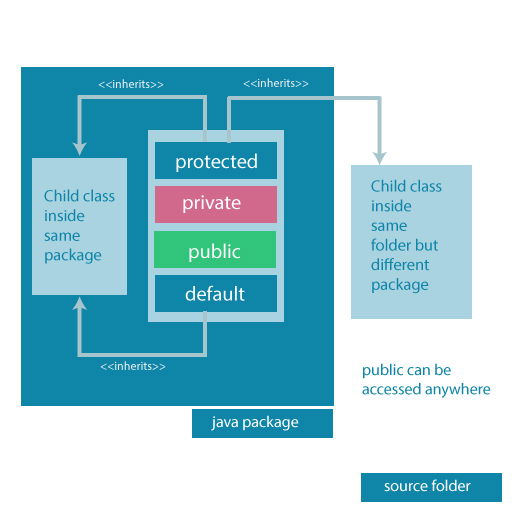



Java Access Modifiers With Examples



Modifier In Java Cseworld Online




Java Access Modifiers Journaldev




In Java What Happens When You Have A Method With An Unspecified Visibility Keyword Stack Overflow




4 Type Of Java Access Modifiers Explained With Examples Cute766
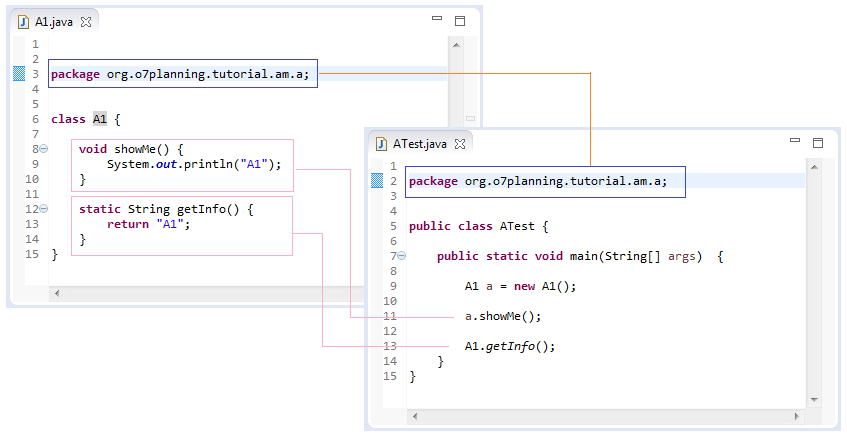



Modifikator Dostupa Access Modifiers V Java




Difference Between Protected And Default Package Access In Java




Access Modifiers In Java Tutorial With Examples
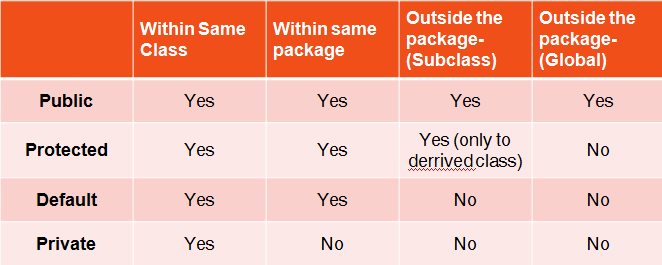



Access Specifiers Encapsulation Dhanya




4 Type Of Java Access Modifiers Explained With Examples




Access Modifiers In Java
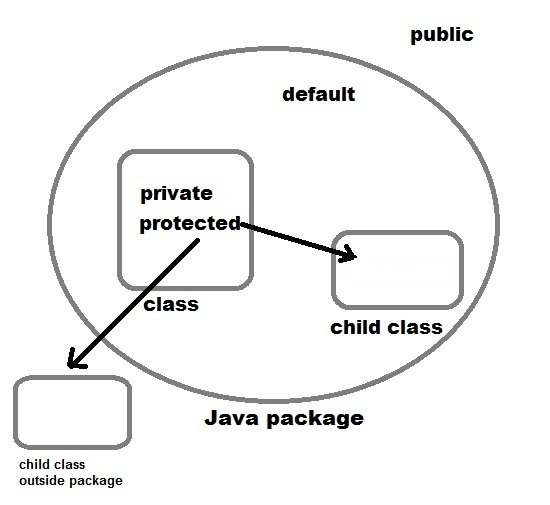



Access And Non Access Modifiers In Core Java Core Java Tutorial Studytonight
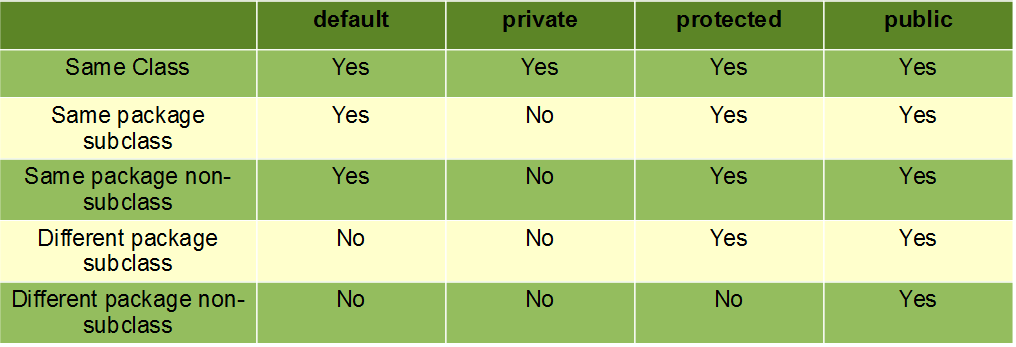



Access Modifiers In Java Geeksforgeeks
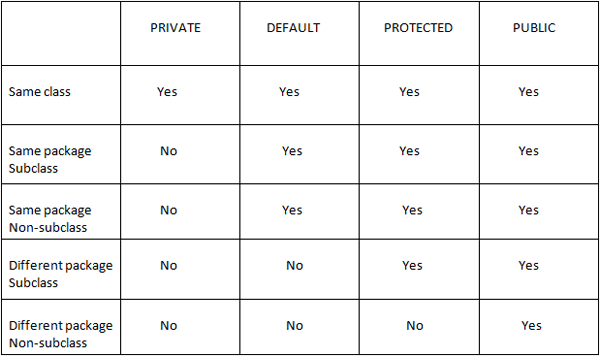



Java Access Modifiers Tutorial For Selenium Webdriver
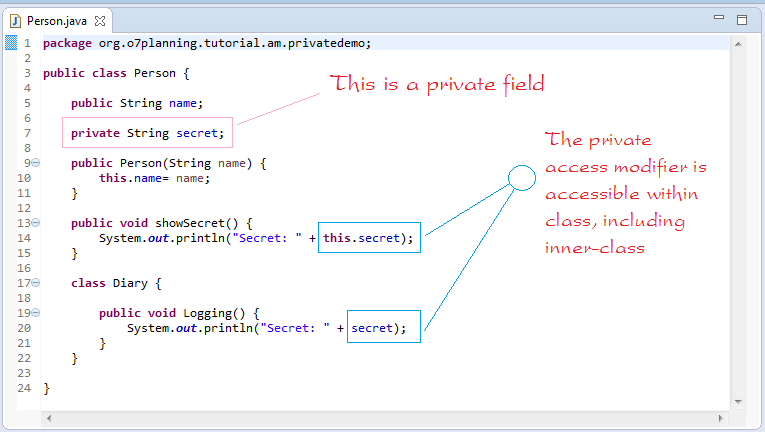



Modifikator Dostupa Access Modifiers V Java




4 Access Modifiers In Java A Basic But Prominent Topic The Code J




What Is The Difference Between Public Protected Package Private And Private In Java Stack Overflow




Access Modifiers In Java With Examples Software Testing Material




Access Modifiers In Java With Examples Software Testing Material




What Is The Default Access Specifier Of Constructor In Java Quora




Which Is The Default Access Specifier In Java Quora




Visibility Of Variables And Methods Learning Java 4th Edition Book
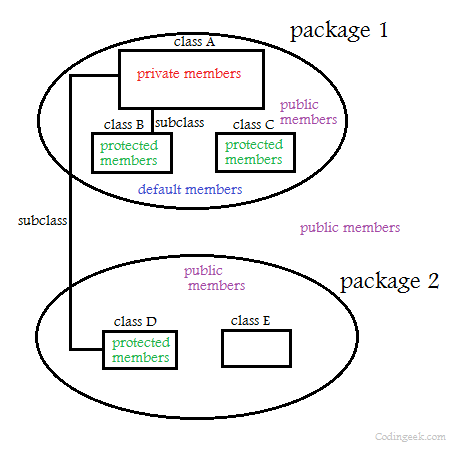



Java Access Modifiers Public Protected Private And Default Codingeek




Java Access Modifiers Default Public Protected Private Eyehunts
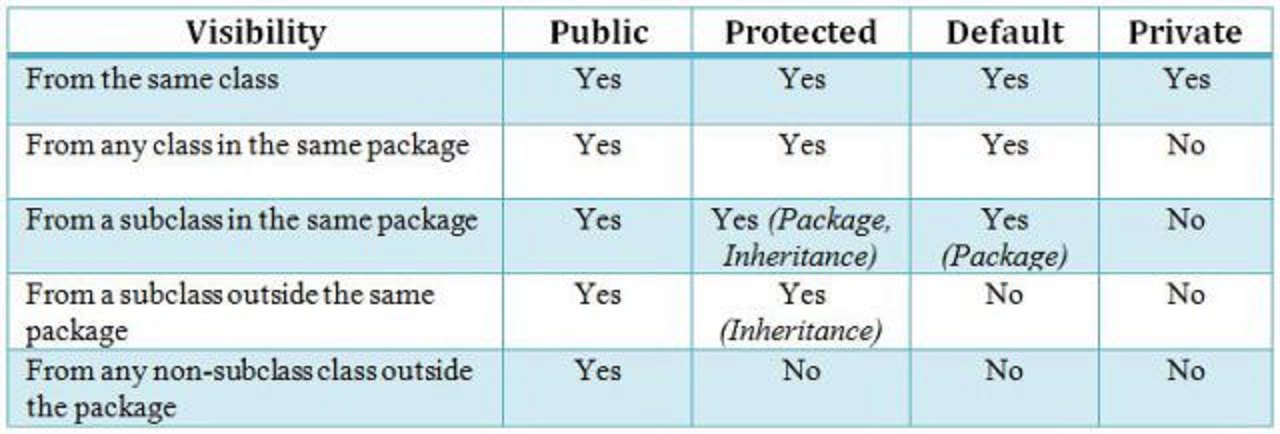



Mantled Access Modifiers Public Private Protected Default




Java Access Modifiers Devops Leverage
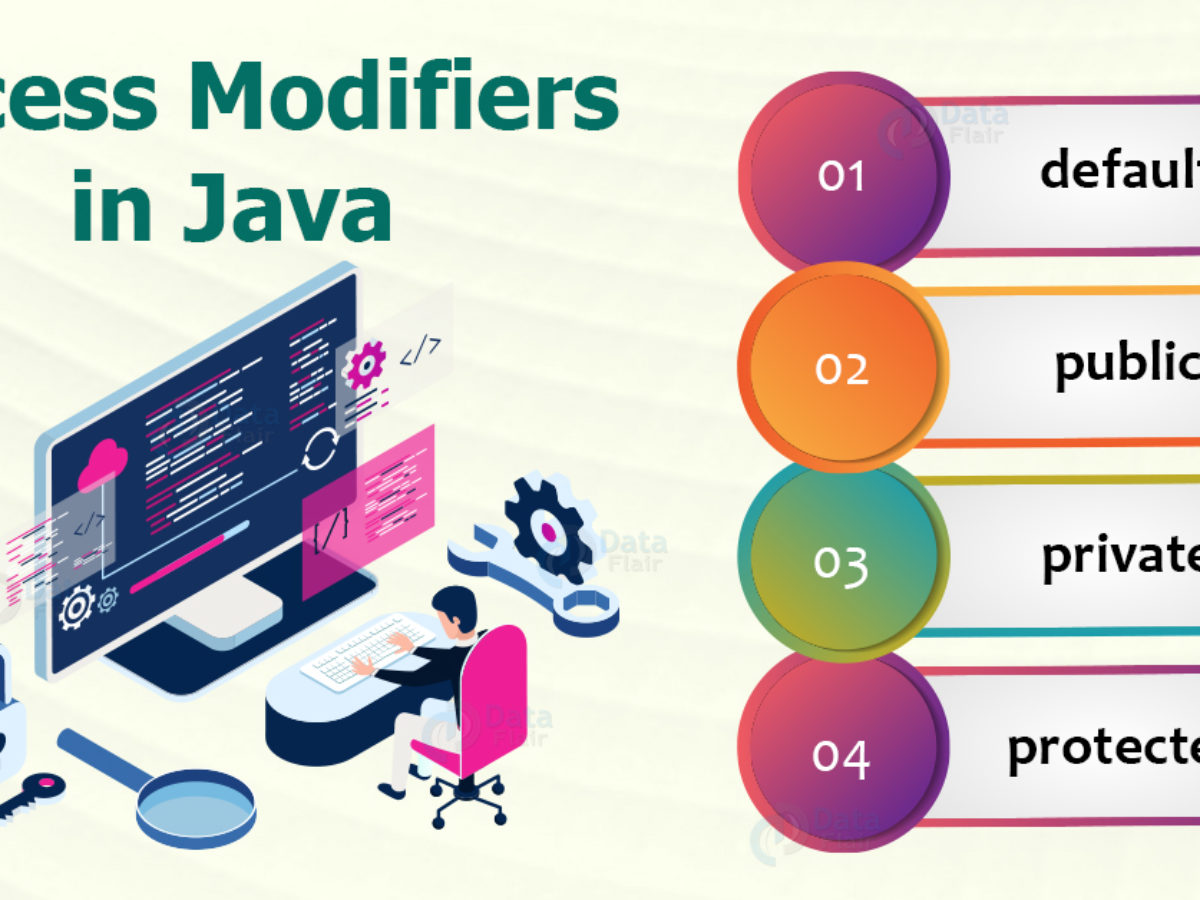



Access Modifiers In Java Enhance Your Programming Skills Dataflair



1




Which Java Access Modifier Allows A Member To Be Accessed Only By The Subclasses In Other Package Stack Overflow




Default Access Fields Inheritance Stack Overflow




Default Access Modifier Archives Worldofitech



Java Tutorials Access Modofiers Specifiers Default Public Private Protected




Default Access Modifiers Not Shown In Uml Designer 7 Stack Overflow
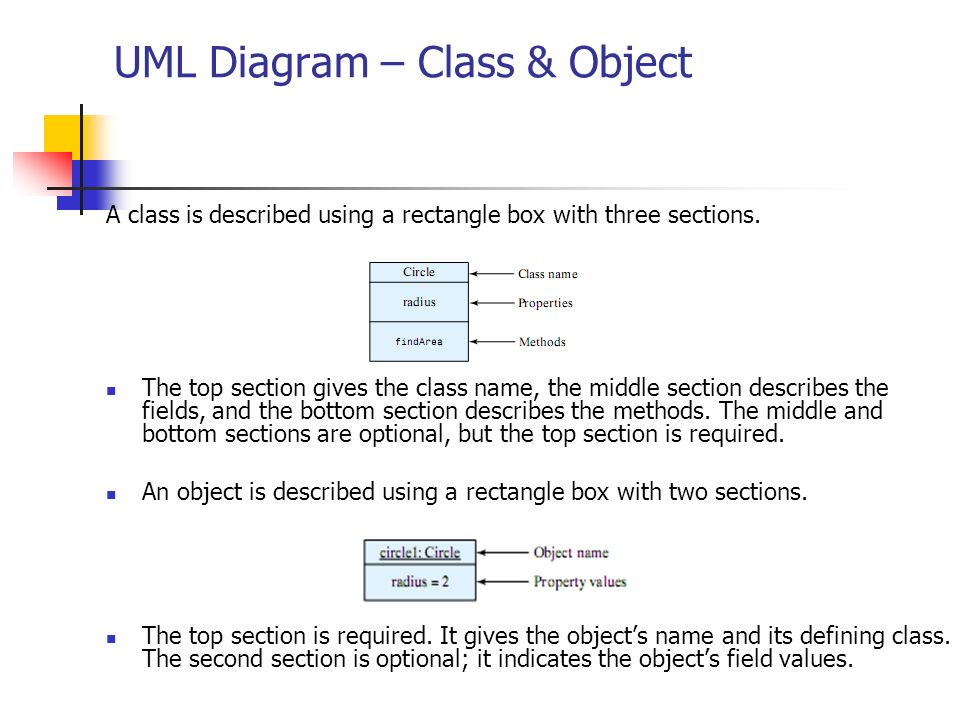



Uml Basics Access Modifier Ppt Download



Access Modifiers In Java Atnyla




Member Access Modifier Default Public Protected Private In Java Inheritance Youtube




Java Access Modifiers Private Default Protected Public Youtube



What Are The Default Access Modifiers In C



Access Type Java




Access Modifiers In Java Example Java Access Modifiers




Access Can Be Package Private Protected And Public Differences




Uml Basics Access Modifier Ppt Download




Java For Humans Encapsulation Access Modifiers By Lincoln W Daniel Modernnerd Code Medium




Java Tutorial 14 Part 2 Default Access Modifier In Java Youtube




Java Packages Interfaces And Access Modifiers
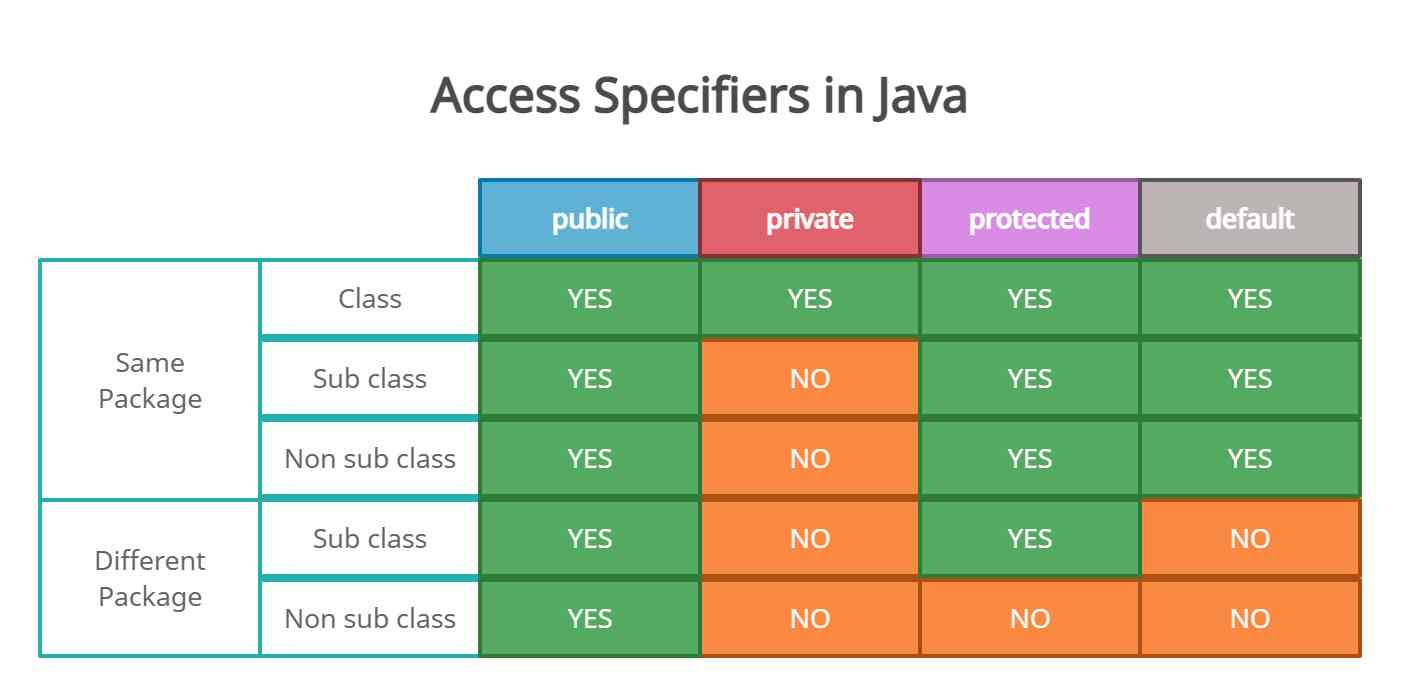



What Are Access Modifiers In Java
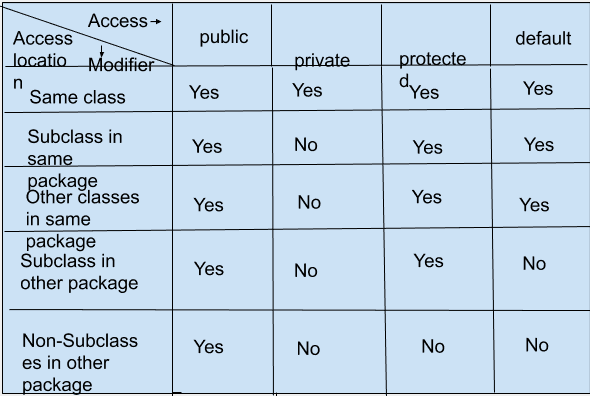



Access Modifiers In Java Example Java Access Modifiers
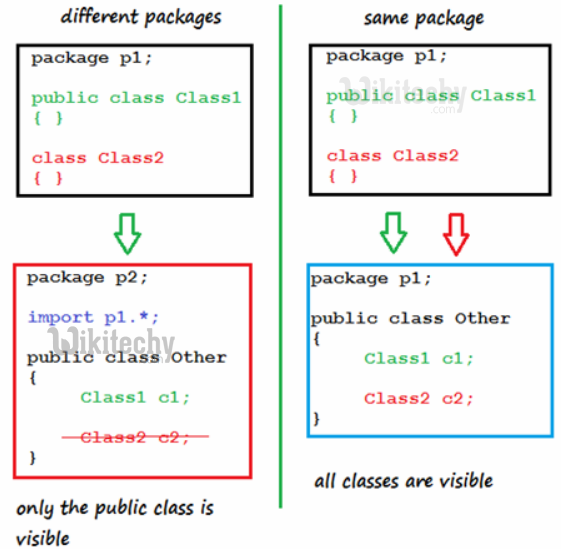



Java Modifiers Access And Class Modifiers By Microsoft Awarded Mvp Learn In 30sec Wikitechy




Access Modifiers In Java




62 Access Modifiers In Java Youtube
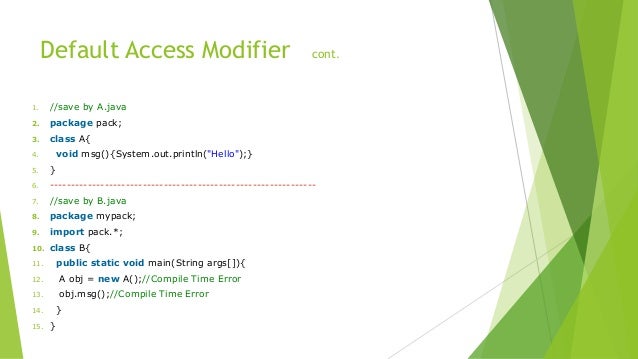



Java Access Modifiers
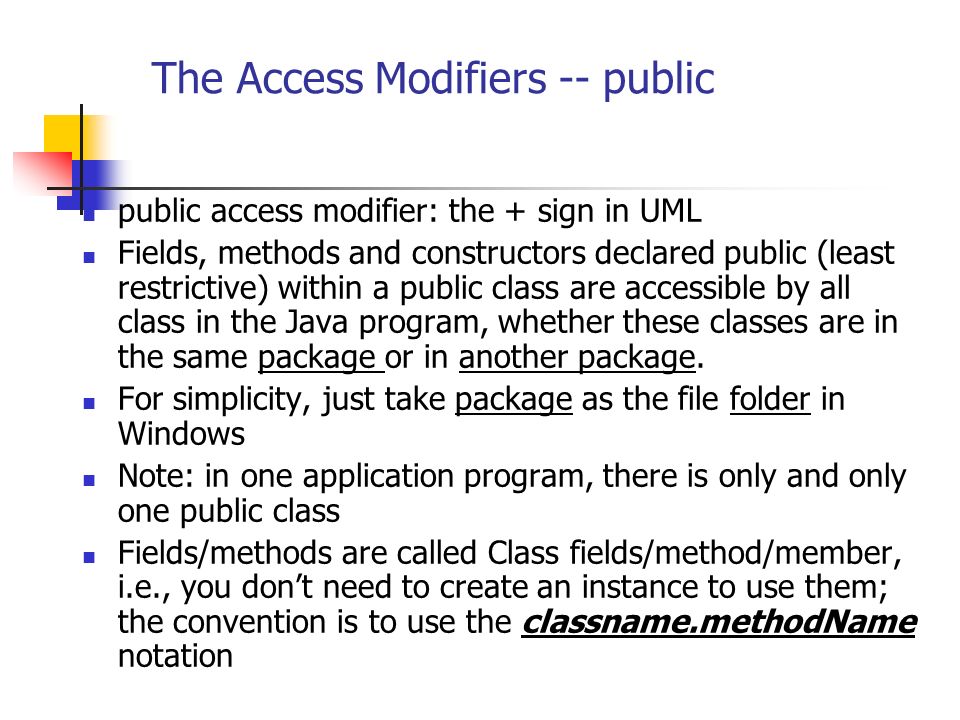



Uml Basics Access Modifier Ppt Download




Access Modifier Class Computer Programming Method Computer Programming




Java Access Modifiers Public Protected Default Private By Nemanja Zunic Java Vault Medium




Java Interview Reference Guide Part 2 Dzone Java
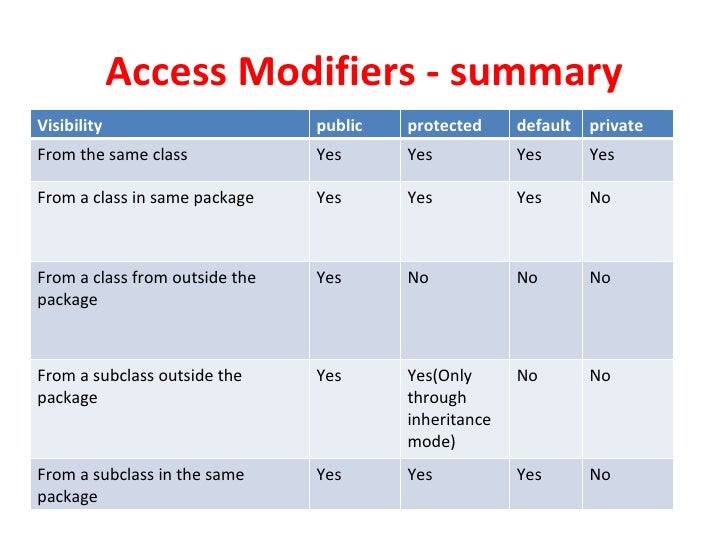



Java Access Modifiers




My Java Story Visibility Modifiers By Chinonso Okoroafor Medium
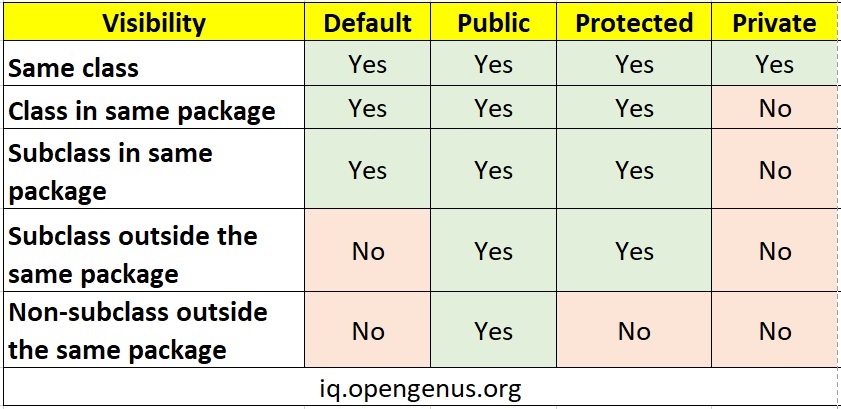



Difference Between Public Private Protected And Default In Java




Java Access Modifiers Journaldev



The Access Modifiers In Java Everything You Need To Know



Access Modifiers In Java




What Is The Difference Between Public Protected Package Private And Private In Java Stack Overflow
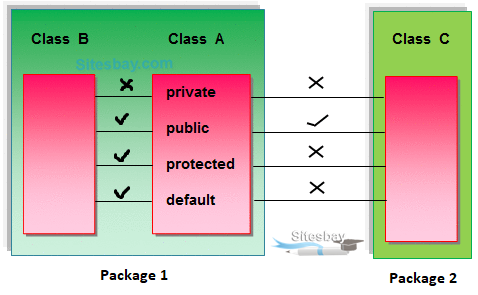



Access Modifiers In Java Access Specifiers In Java




Java Access Modifiers Public Private Protected Default




Access Modifiers In Java Example Program Scientech Easy




Summary Table Of Java Modifiers And Access Specifiers Java4us




Default Access Modifier In Java Access Modifiers In Java Javaoops Concepts And Practice Ex Youtube




4 Access Modifiers In Java A Basic But Prominent Topic The Code J




Access Modifiers In Java Code Bridge Plus



0 件のコメント:
コメントを投稿